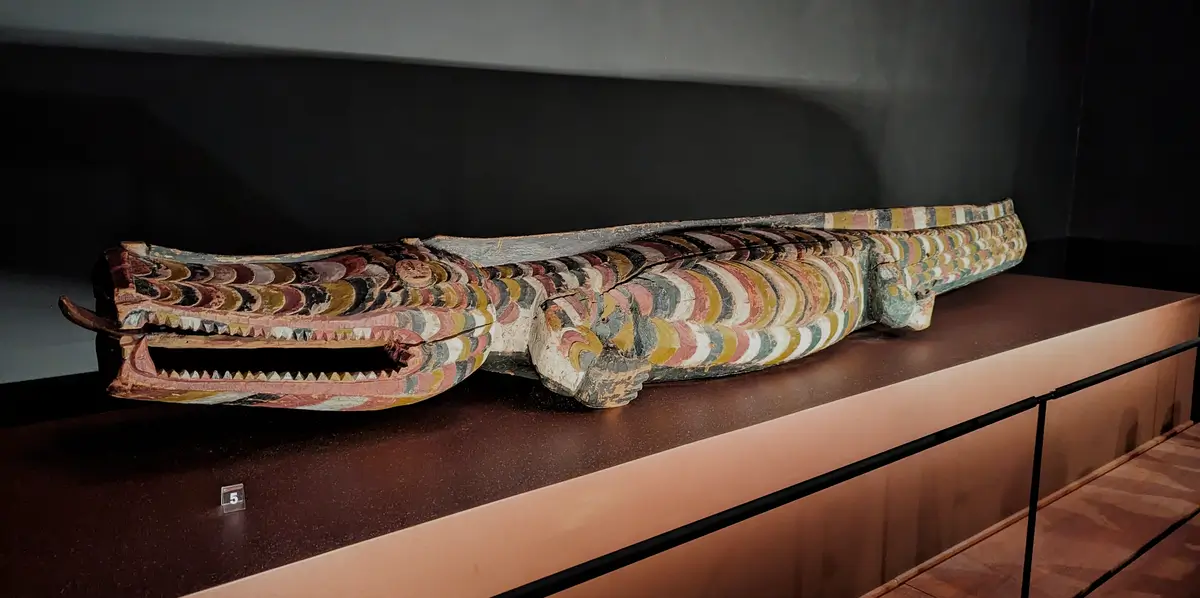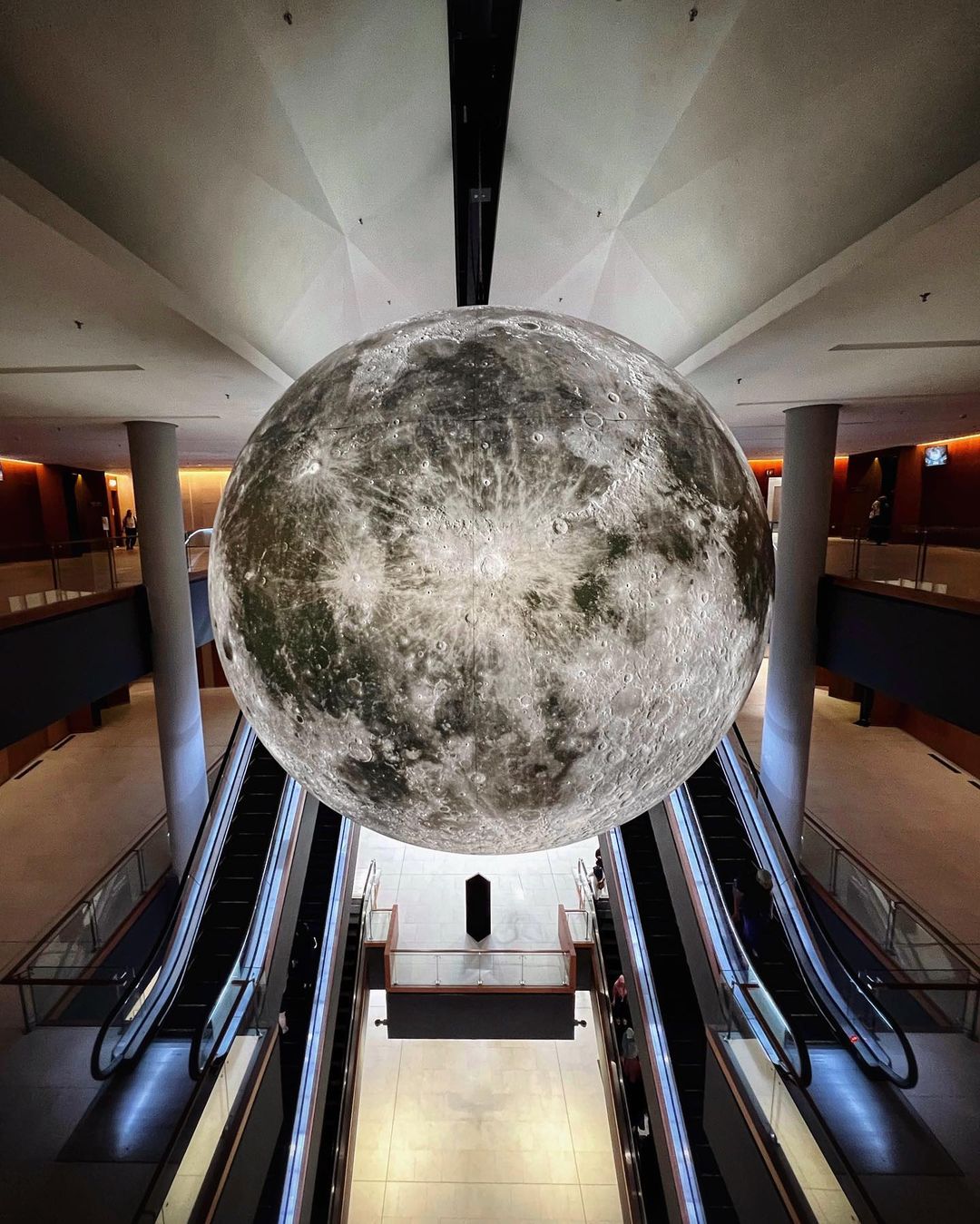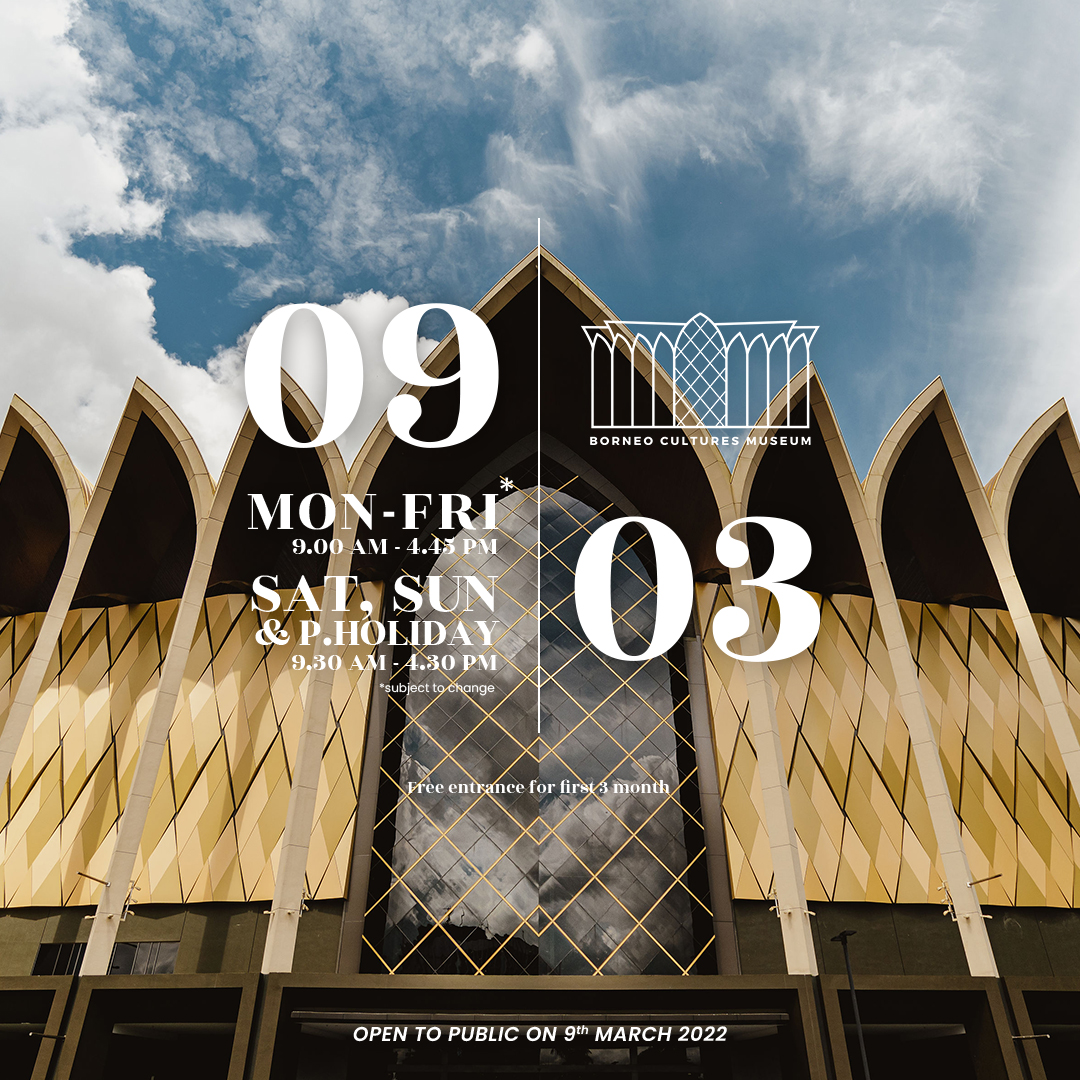Explore the Rich Heritage at Borneo Cultures Museum
Explore the Rich Heritage at Borneo Cultures Museum
Blog Article
Delve Into the Remarkable World of Borneo's Cultural Heritage: A Comprehensive Overview to the Cultures Museum Experience
Submersing oneself in the detailed tapestry of Borneo's social heritage is comparable to starting a trip via time and tradition. The combination of native tribes, traditional handicrafts, captivating efficiencies, and historic narratives housed within the confines of the island's museums uses a glimpse right into a globe brimming with extensive heritages and vibrant custom-mades. As visitors go across through these databases of culture, they are beckoned to explore a realm where past and present intermingle, welcoming contemplation on the strength and richness of Borneo's diverse heritage.
Native Tribes of Borneo
Borneo is home to over 50 aboriginal tribes, each with unique social techniques and practices that have been protected for generations. Among these people are the Iban, known for their typical longhouses and intricate tattoos where several households reside. The Dayak people, one more noticeable team, participate in fancy spiritual events and are experienced craftsmens, crafting elaborate timber carvings and woven textiles. The Penan tribe, on the other hand, are nomadic hunter-gatherers with a deep link to the jungle, using blowpipes for hunting and event wild plants for nutrition.
These aboriginal people play a vital function in keeping Borneo's abundant social tapestry. Despite exterior impacts and modernization, lots of tribes remain to promote their languages, customs, and ideas. Site visitors to Borneo have the opportunity to immerse themselves in the unique way of livings of these tribes with cultural scenic tours, homestays, and community-based tourism efforts. By engaging with these native communities, site visitors can get a much deeper admiration for the diversity and durability of Borneo's indigenous heritage.
Typical Inventions and Artifacts

One famous instance of conventional handicrafts in Borneo is the production of woven goods - Borneo Cultures Museum. Experienced weavers make use of natural fibers like pandan, bamboo, and rattan delegates create intricate baskets, floor coverings, and devices decorated with colorful patterns that hold symbolic significances within the community
The art of woodcarving is one more significant facet of Borneo's standard handicrafts. Artisans sculpt complex styles into various kinds of wood to produce masks, sculptures, and music instruments that not just serve functional purposes yet likewise hold cultural importance, typically portraying folklore or spiritual beliefs.
Additionally, Borneo is renowned for its beadwork, with artisans diligently crafting beads from products like glass, seeds, and shells to produce precious jewelry, apparel embellishments, and ornamental items that display the area's dynamic aesthetic practices. These traditional inventions and artefacts not only offer as substantial expressions of Borneo's social heritage however additionally offer insights into the areas' ideas, worths, and way of living.

Social Performances and Festivals
With a deep-rooted connection to their cultural customs, the areas in Borneo come alive with vibrant social efficiencies and events that celebrate their heritage. These occasions display the abundant variety of Borneo's ethnic groups, each offering special dancings, songs, and rituals that have actually been passed down with generations. One find more information of the most distinguished festivals is the Gawai Dayak, commemorated by the Dayak individuals to mark the rice collecting period. Throughout this festival, typical songs loads the air, intricate dancings are executed, and elaborate typical costumes are worn. One more significant event is the Pesta Kaamatan, celebrated by the Kadazandusun community to appreciate for the rice harvest. This festival includes social efficiencies, consisting of the Sumazau dancing, and traditional sports like the bamboo dance. Visitors to Borneo can submerse themselves in these festivities, getting a much deeper understanding of the region's cultural heritage and experiencing the cozy friendliness of its people. Cultural efficiencies and events act as a vivid reminder of Borneo's rich cultural tapestry and the relevance of preserving these practices for future generations.
Historical Narratives and Artefacts
Checking out the historic narratives and artefacts of Borneo provides an interesting look into the area's rich past and social advancement. Borneo's historical tapestry is woven with varied influences, showing the interactions in between aboriginal tribes, Chinese investors, European colonizers, and Malay sultanates. The artefacts found in Borneo showcase this detailed background, ranging from typical crafts like you can look here intricate beadwork and woodcarvings to historical prizes such as ancient pottery and tools.
Among the most engaging elements of Borneo's historic stories is the preservation of dental customs gave via generations. These stories give insights right into the ideas, custom-mades, and day-to-days live of Borneo's occupants throughout the centuries. The artifacts uncovered from archaeological websites use tangible connections to these narratives, permitting visitors to witness the material society of past societies firsthand.
Contemporary Cultural Preservation Efforts

In addition, curricula and social exchange tasks play an essential role in elevating recognition regarding the value of protecting Borneo's distinct cultural heritage. By involving institutions, galleries, and the bigger community in discussions and activities that celebrate Borneo's diverse societies, preservation initiatives can get momentum and support for long-term sustainability. Collaborations between governmental bodies, non-profit organizations, and neighborhood communities are necessary in driving these conservation ventures forward, guaranteeing that Borneo's rich social heritage continues to be lively and cherished for generations ahead.
Verdict
To conclude, the social heritage of Borneo is diverse and rich, with native tribes, typical inventions, cultural performances, celebrations, historic narratives, and contemporary conservation efforts all adding to its uniqueness and value. Site visitors to Borneo's cultural museums can get a much deeper understanding and admiration of the region's cultural you can try these out heritage, enabling a much more immersive and informing experience.
Submersing oneself in the intricate tapestry of Borneo's social heritage is similar to beginning on a trip with time and practice.With a deep-rooted link to their social traditions, the areas in Borneo come to life through vibrant social efficiencies and events that celebrate their heritage. Social performances and events offer as a dynamic tip of Borneo's rich social tapestry and the relevance of maintaining these practices for future generations.
Furthermore, instructional programs and cultural exchange tasks play an important role in increasing recognition about the relevance of maintaining Borneo's special social heritage. Partnerships between governmental bodies, non-profit companies, and neighborhood communities are crucial in driving these preservation ventures ahead, ensuring that Borneo's abundant social heritage stays vibrant and valued for generations to come.
Report this page